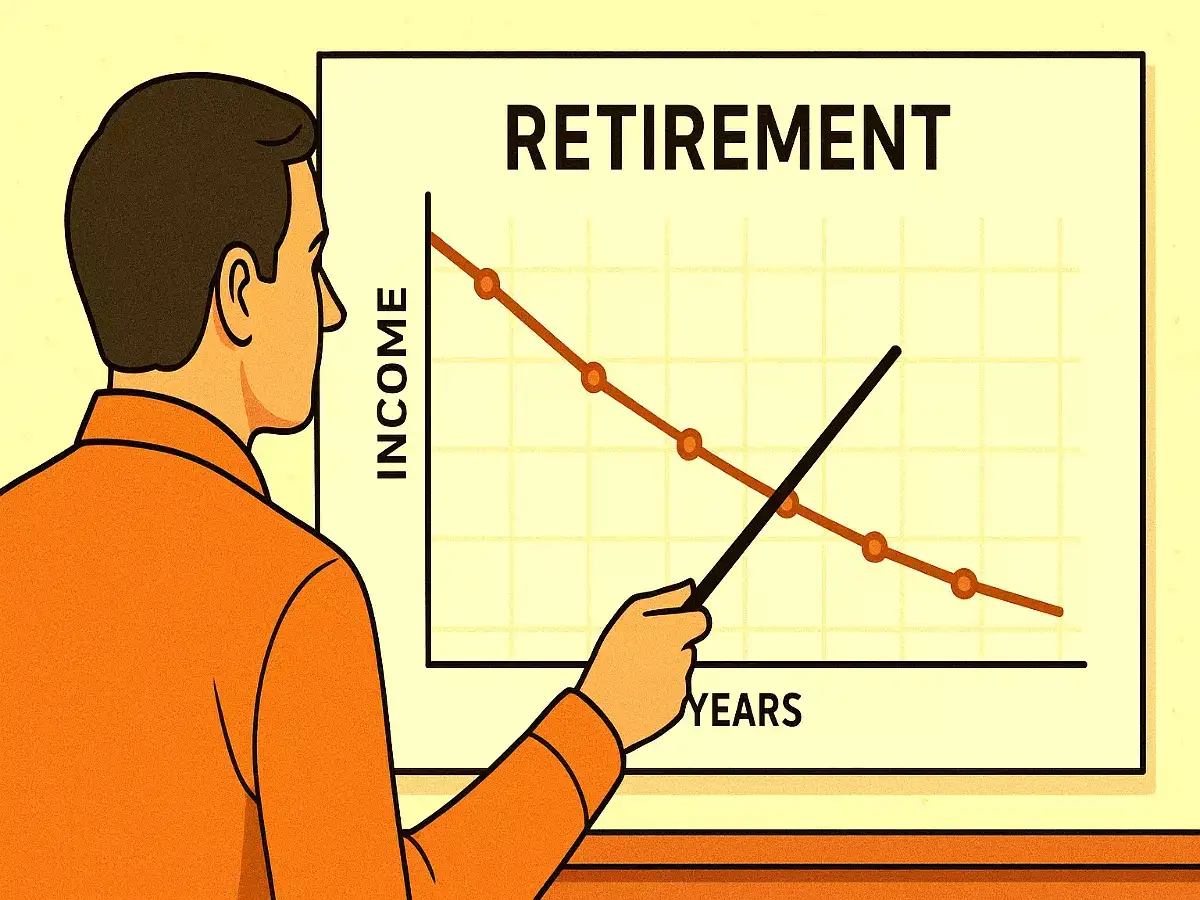Copyright scmp

In a teaser for the coming season of The Kardashians on Disney+, Kim Kardashian talks about having a scan that detected an aneurysm in her brain. In the clip, the 45-year-old reality star explains that the scan found a “little aneurysm” in her brain, which she suggests might be linked to stress. Two brain experts describe the potential risk factors of brain aneurysms, their signs and treatments. What is a brain aneurysm? “A brain aneurysm is a bit like a little balloon on the side of a blood vessel,” says Ahilan Kailaya-Vasan, a consultant neurosurgeon at King’s College Hospital in London. “It represents a relative weak point in the blood vessel, and the concern, therefore, is around the potential for it to rupture and bleed, causing an event called a subarachnoid haemorrhage,” he says, referring to bleeding in the space below one of the thin layers that cover and protect your brain. There are different types of brain aneurysms, classified by shape, location and cause: A saccular aneurysm is the most common kind. It is sometimes called a berry aneurysm because its shape resembles that of a berry. A spindle-shaped, or fusiform, aneurysm involves the whole vessel circumference and is often caused by the build-up of plaque, a tear in the vessel or infection. A dissecting aneurysm is caused by a tear in the vessel’s inner lining that splits the wall layers, often after trauma. A mycotic aneurysm is a bulge caused by a bacterial or fungal infection that weakens the vessel wall, making it likely to burst. What symptoms might people experience before and after a ruptured aneurysm? “Most unruptured aneurysms are asymptomatic and are found incidentally on brain imaging,” Kailaya-Vasan says. “However, in some rare cases they may cause a headache or eye pain [because of the pressure they put on nearby nerves], visual disturbances [blurring, double vision, or droopy eyelid], facial pain, numbness or seizures.” But ruptured aneurysms have some distinctive symptoms, Kailaya-Vasan says, adding that the subarachnoid haemorrhages they can cause are medical emergencies. “At the moment of rupture, patients typically describe the worst headache of their lives. It comes on like a flick of a switch, at very high intensity, and will remain at that level for an extended period of time, over several days. “Occasionally, when they rupture, they can cause a significant bleed, which results in an individual having a loss of consciousness or a seizure, for example. Sometimes that’s because it’s been associated with a larger blood clot that’s causing pressure on the surrounding brain. “A third of patients won’t survive that event, a third experience a debilitating stroke, and the remaining third return to their normal levels of activity before the bleed.” What are the most common causes or risk factors for a brain aneurysm? “The only known risk factors associated with a ruptured aneurysm are smoking and sustained elevations of high blood pressure, but we think that the majority of them occur sporadically,” Kailaya-Vasan says. “There is no data to suggest that they’re necessarily related to stress. In a small percentage of patients, there may be a genetic association, but we only tend to screen patients with two first-degree relatives who have had an aneurysm identified and a bleed associated with it.” How is an aneurysm diagnosed? “Diagnosis usually begins with brain imaging; a CAT scan can quickly detect bleeding,” says Dr Steven Allder, consultant neurologist at Recognition Health cognitive health centre in London. “For unruptured aneurysms, MRI or CAT angiography can visualise blood vessels and identify abnormalities. “In some cases, a cerebral angiogram is performed – this involves threading a thin catheter through the arteries and injecting contrast dye to map blood flow in detail. These tests help doctors determine the size, shape and risk level of the aneurysm to plan treatment appropriately,” Allder adds. What are the treatment options? Treatment depends on the aneurysm’s size, location and whether it has ruptured. “For small, unruptured aneurysms, careful monitoring with regular scans and lifestyle changes may be advised,” Allder says. For larger or high-risk aneurysms, endovascular coiling – inserting tiny platinum coils to block blood flow into the aneurysm – may be advised. Placing a small metal clip around its base is another option. “In cases of rupture, emergency surgery, intensive care support and long-term rehabilitation are often required,” Allder says. “The goal is to prevent re-bleeding and protect brain function while minimising future risk.” Like what you read? Follow SCMP Lifestyle on Facebook, X and Instagram. You can also sign up for our eNewsletter here.



